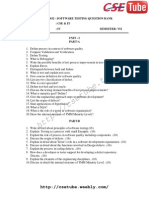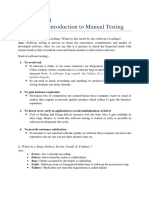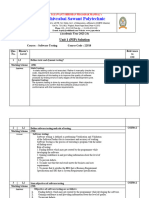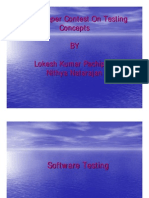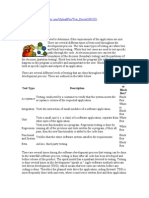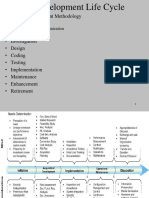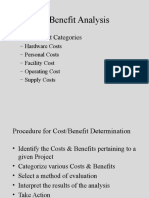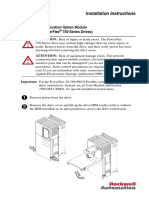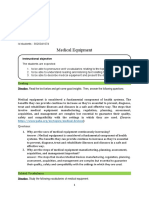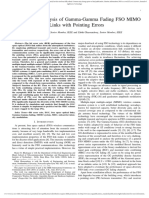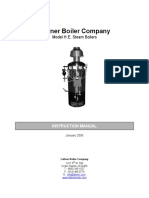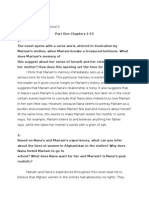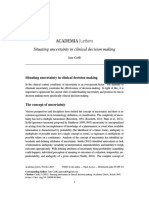0% found this document useful (0 votes)
98 views20 pagesSystem Testing: - Why System Testing - What Do We Test For
System testing involves testing an application's online response, volume handling, stress recovery, security, and usability. Different types of test data, including artificial and live data, are used. A test plan is developed during analysis and design to guide unit, integration, and system testing. User acceptance testing involves alpha and beta testing where users test the application's functionality and in real-world environments. Quality assurance aims to ensure an application meets requirements for correctness, reliability, and other attributes.
Uploaded by
Harpreet RaiCopyright
© © All Rights Reserved
We take content rights seriously. If you suspect this is your content, claim it here.
Available Formats
Download as PPT, PDF, TXT or read online on Scribd
0% found this document useful (0 votes)
98 views20 pagesSystem Testing: - Why System Testing - What Do We Test For
System testing involves testing an application's online response, volume handling, stress recovery, security, and usability. Different types of test data, including artificial and live data, are used. A test plan is developed during analysis and design to guide unit, integration, and system testing. User acceptance testing involves alpha and beta testing where users test the application's functionality and in real-world environments. Quality assurance aims to ensure an application meets requirements for correctness, reliability, and other attributes.
Uploaded by
Harpreet RaiCopyright
© © All Rights Reserved
We take content rights seriously. If you suspect this is your content, claim it here.
Available Formats
Download as PPT, PDF, TXT or read online on Scribd
/ 20












